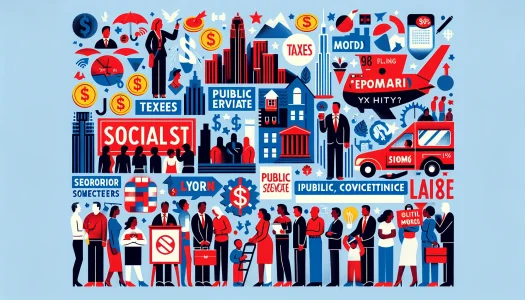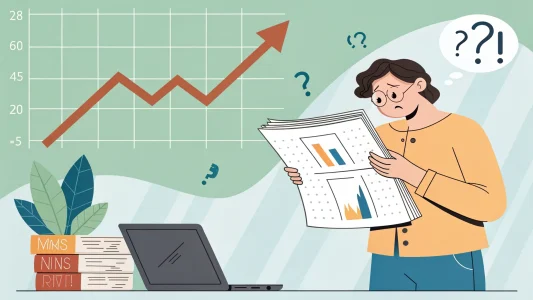Now that I have more clients, I have less time to focus on my own personal finances. Whenever I find a great tip that I know will make my life easier and, perhaps, keep me on good behavior, I try to implement it right away. Whether you discover it on someone’s blog, through a Pinterest post, by reading a magazine or just watching television, there are some tricks to actually make things run smoother financially. Here are 3 ways to make life simpler when it comes to saving and spending money.
Table of Contents
Toggle1. Smack your savings out of the park.
Let’s say you just got paid and you’re looking to start stockpiling money into a bank account on a regular basis before it disappears. First, decide how much you’re hoping to stash away every month. Automate savings and create some savings goals to monitor how much is actually making it to your bank account.
Some banks, like Capital One 360, have goal-setting features that are easy to set up. It keeps the progress of your savings on the radar every time you login and look at the summary page. It shows up in a bar graph next to the dollar amount you have in your account on that page. At a glance, you can see how well you’re doing just by quickly scanning each account. You’re basically eyeballing how far you need to go to accomplish the goal. You can visually check in on multiple goals this way without having to do any calculating.
2. Hide money from yourself.
If you have a tendency to spend whatever is leftover in your checking account or dip into your emergency fund when it’s not really an emergency, you might need to take more drastic measures. Consider creating a separate savings account so you don’t touch your money when you come up short or overspend. If it’s harder to access the account especially if it’s not linked to your current bank, you’re not as likely to pull it out. Start doing this for your emergency fund or another long term goal. If you have success with this method, then maybe you add on another goal on a later time.
3. Gauge your spending
Whether you use Mint.com, an Excel spreadsheet or the back of a napkin, determine how much money you spend on different categories of your budget such as groceries, gas, clothing, etc. Then figure out which of these categories can be purchased as gift cards to make purchases.
If so, you want to know roughly how much you spend per month on these categories and then buy gift cards in those amounts in advance to use as a budgeting tool. You may want to start by putting small amounts on the gift cards to the different stores you frequent to get a feel for how it goes and then build up to a higher amount once you get your bearings with the process. Be sure to keep your receipt when you use the card. You’ll gauge how much you have left to spend. No matter if you purchase the card with a credit card or buy using ecash this will put guardrails in place to keep you from going off course.
The Bottom Line
Take action on useful tips like the ones mentioned above while they’re fresh on your mind. It pays to implement such ideas to simplify your financial life and work around your habits. This can help you save, prioritize your spending and set money goals.














